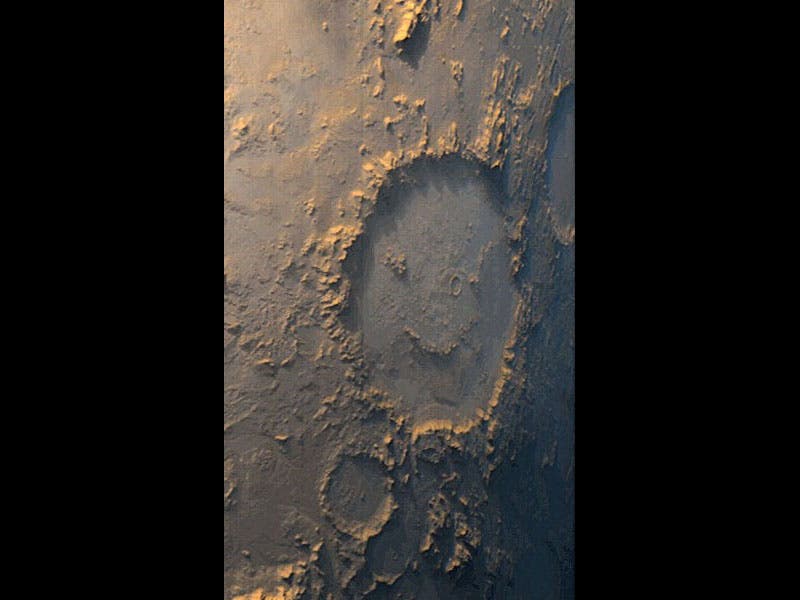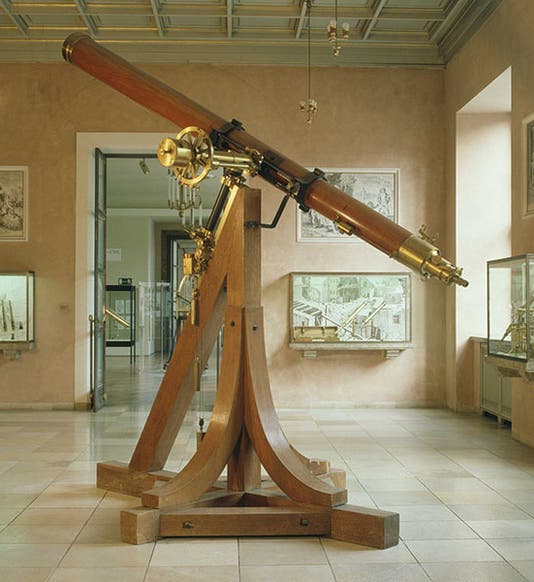Scientist of the Day - Johann Galle



Johann Gottfried Galle, a German astronomer, was born June 9, 1812. Galle was working at the Berlin Observatory when, on Sep. 23, 1846, he received a letter from Urbain Le Verrier at the Paris Observatory. Le Verrier asked for Galle's help in looking for a new planet, whose probable position Le Verrier had carefully worked out, from perturbations in the orbit of Uranus. Galle was happy to oblige, and he had two things going for him: a refracting telescope built by Joseph Fraunhofer, just the thing for planet searching, and a new set of star charts by Carl Bremiker, showing every star one could see through that telescope. If there were a new object in the area of search, it should be easy to determine whether or not it was a preexisting star.
So perhaps it was not unexpected that, on the very first night, Sept. 23, 1846, Galle spotted an object that was not on the charts, about one degree removed from the location predicted by Le Verrier. This was indeed a new planet, later named Neptune, and Galle was the first person to knowingly see it (we say "knowingly" because Galileo recorded the position of Neptune twice, on Dec. 28, 1612, and Jan. 28, 1613, while observing Jupiter, but he thought it was a star, not a new planet, and he never looked at it again.) Unfortunately for Galle, no one today recognizes him as the discoverer of Neptune, even though he saw it first. That honor instead goes to Le Verrier, and to a fellow English predictor, John Couch Adams (whose standing however is falling fast, due to recent revelations by historians that he wasn’t quite as good a predictor as we used to think).
But Galle had the last laugh, or perhaps one should say, the last smile. Nearly every astronomer has an extraterrestrial crater named after him or her. Le Verrier has one on the Moon and on Mars, but neither stands out. John Couch Adams has one on the Moon, but it too is rather ordinary, and moreover, he has to share it with two other astronomers named Adams. But Galle’s crater is one of the perkiest in the entire solar system. It is located on Mars and was discovered by NASA’s Viking missions in 1976. Galle crater is also known as the "Happy-Face" crater, and a peek is a good way to start your day (third image). This image was taken by the orbiting Mars Global Surveyor in 1999.
The Fraunhofer refractor used by Galle to discover Neptune survives and is on display in the Deutsches Museum in Munich (first image). The portrait of Galle, made about 45 years after his discovery of Neptune (third image), is in the Leibniz Institute for Astrophysics in Potsdam.
Dr. William B. Ashworth, Jr., Consultant for the History of Science, Linda Hall Library and Associate Professor, Department of History, University of Missouri-Kansas City. Comments or corrections are welcome; please direct to ashworthw@umkc.edu.






